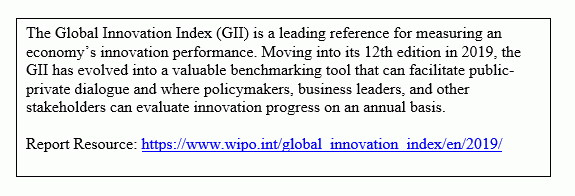 There was a good article within the McKinsey Quarterly published way back in 2007 entitled “Cracking the complexity code,” written by three authors Suzanne Heywood, Jessica Spungin, and David Turnbull. It still has a lot of relevancy in my mind today.
There was a good article within the McKinsey Quarterly published way back in 2007 entitled “Cracking the complexity code,” written by three authors Suzanne Heywood, Jessica Spungin, and David Turnbull. It still has a lot of relevancy in my mind today.
They lead this article with “one view of complexity that holds that it is largely a bad thing- that simplification generally creates value by removing unnecessary costs.” Yes, we all yearn for a more simplified life, structure, organization, approach to systems or just reducing complexity in our daily lives to find time for what we view as improving its ‘quality.’
Within the article, they argue there are two types of complexity – institutional and individual.
The former concerns itself with the interactions within the organization; the latter is the way individuals or managers deal personally with complexity.









